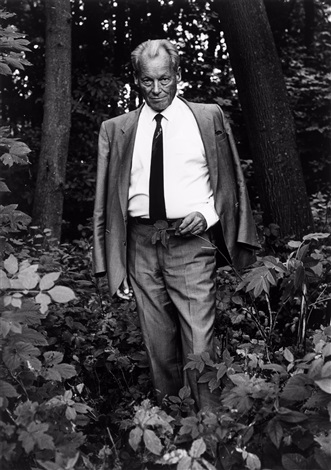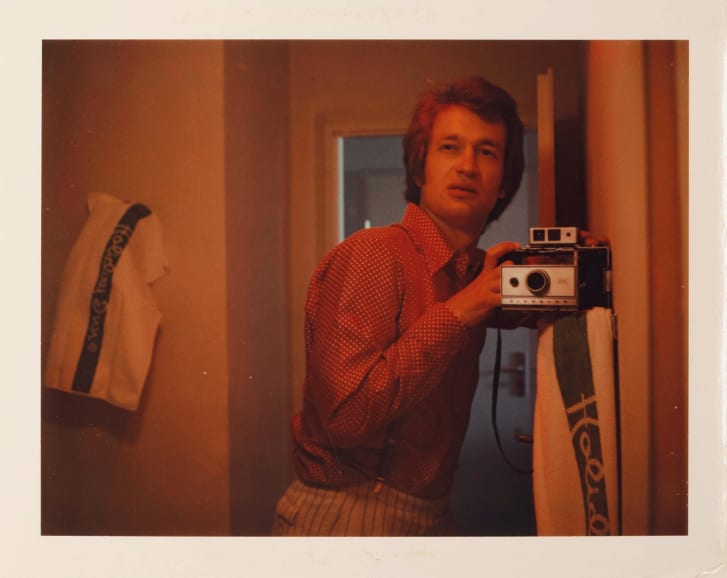DEADPAN/PASSPORT/TYPOLOGIES

A photographic typology is a single photograph or more commonly a body of photographic work, that shares a high level of consistency. This consistency is usually found within the subjects, environment, photographic process, and presentation or direction of the subject. An example of this is passport photos which all follow certain rules which enable every picture to be consistent (seen below)
FACE:
eyes must be open and clearly visible, with no flash reflections and no ‘red eye’
facial expression must be neutral (neither frowning nor smiling), with the mouth closed
photos must show both edges of the face clearly
photos must show a full front view of face and shoulders, squared to the camera
the face and shoulder image must be centred in the photo; the subject must not be looking over one shoulder (portrait style), or tilting their head to one side or backwards or forwards
there must be no hair across the eyes
hats or head coverings are not permitted except when worn for religious reasons and only if the full facial features are clearly visible
photos with shadows on the face are unacceptable
photos must reflect/represent natural skin tone
BACKGROUND:
Photos must have a background which:
has no shadows
has uniform lighting, with no shadows or flash reflection on the face and head
shows a plain, uniform, light grey or cream background (5% to 10% grey is recommended)
THOMAS RUFF
Thomas Ruff followed these rules for his “Portrait” collection, in his studio between 1981 and 1985, Ruff photographed 60 half-length portraits in the same manner: Passport-like images, with the upper edge of the photographs situated just above the hair, even lighting, the subject between 25 and 35 years old, taken with a 9 × 12 cm negative and, because of the use of a flash, without any motion blur.

The early portraits were black-and-white and small, but Ruff soon switched to colour, using solid backgrounds in different colours; from a stack of coloured card stock the sitter could choose one colour, which then served as the background. The resulting Portraits depict the individual persons – often Ruff’s fellow students – framed as in a passport photo, typically shown with emotionless expressions, sometimes face-on, sometimes in profile, and in front of a plain background.
STUDIO
In the studio we did a small shoot of passport-type images


This is my most successful image from the shoot as it complies with the standards for passport photos the best.

I resized the image so it would seem more fitting for a portrait- with less negative space.

This is my final image, I believe it looks very similar to Thomas Ruff’s work however photos with the deadpan aesthetic often look very similar- especially passport photos as the entire point is to get a clear portrait formally showing someone’s facial features.


Overall these images look very similar to Thomas Ruff’s portraits photos with the deadpan aesthetic, however I do not have the variation of portraits of different people in a collection. My images are also not edited minus the resizing, this is reinforce the rules of passport photos, where there cannot be any editing however this displays an inconsistent display of portraits where they look slightly different.






























